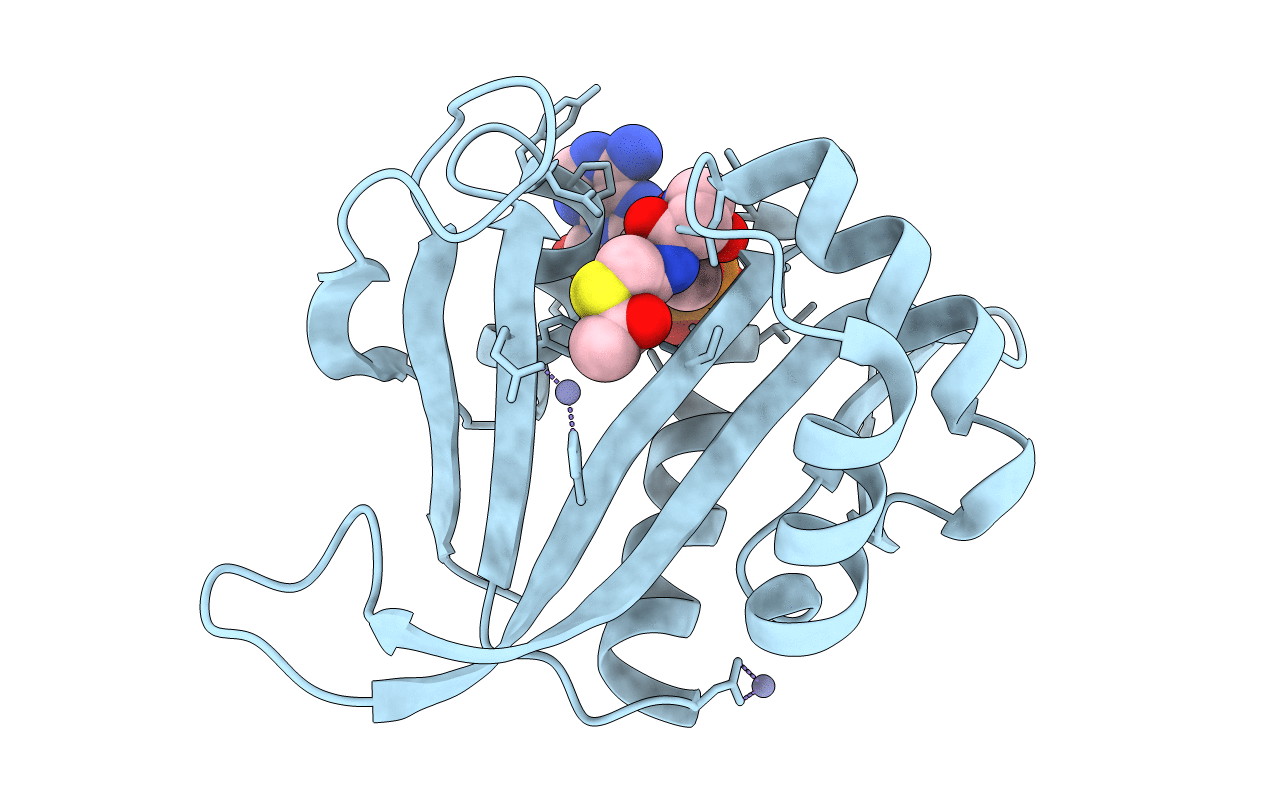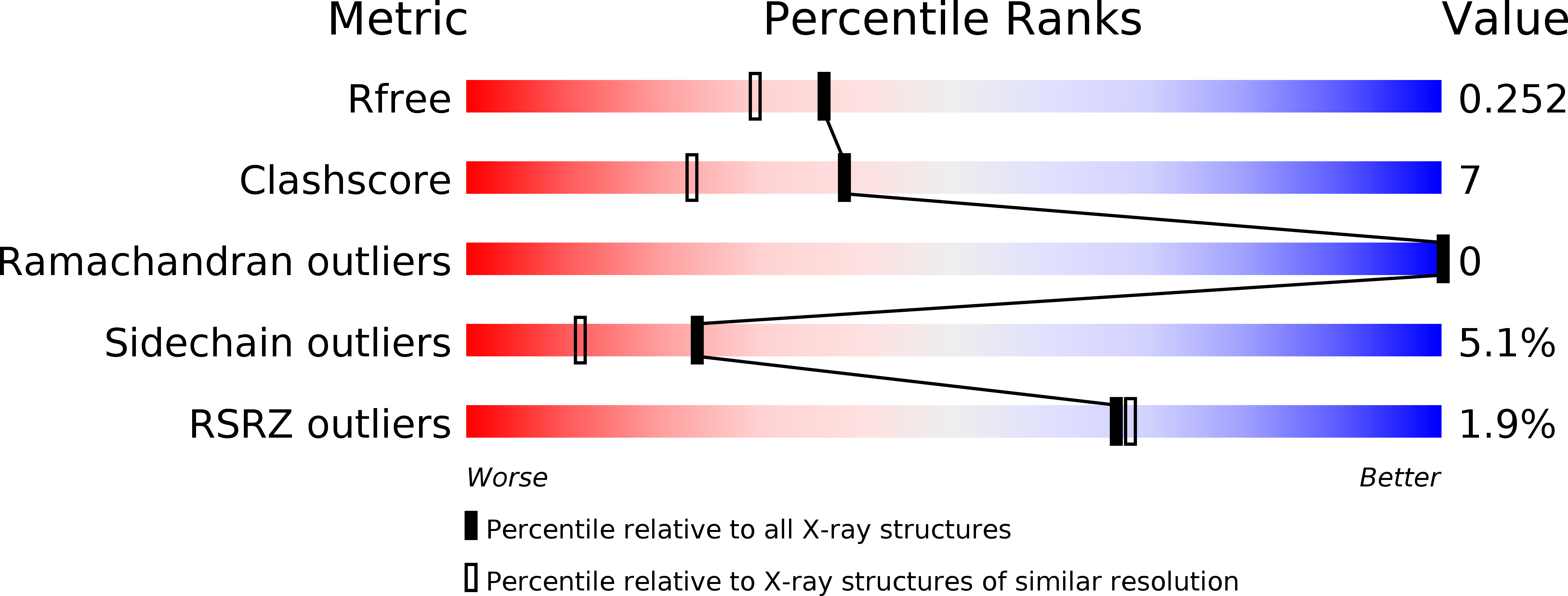
Deposition Date
2013-07-29
Release Date
2013-08-21
Last Version Date
2024-02-28
Entry Detail
PDB ID:
4LX9
Keywords:
Title:
Archaeal amino-terminal acetyltransferase (NAT) bound to acetyl coenzyme A
Biological Source:
Source Organism:
Sulfolobus solfataricus (Taxon ID: 273057)
Host Organism:
Method Details:
Experimental Method:
Resolution:
1.98 Å
R-Value Free:
0.24
R-Value Work:
0.19
R-Value Observed:
0.20
Space Group:
C 1 2 1


